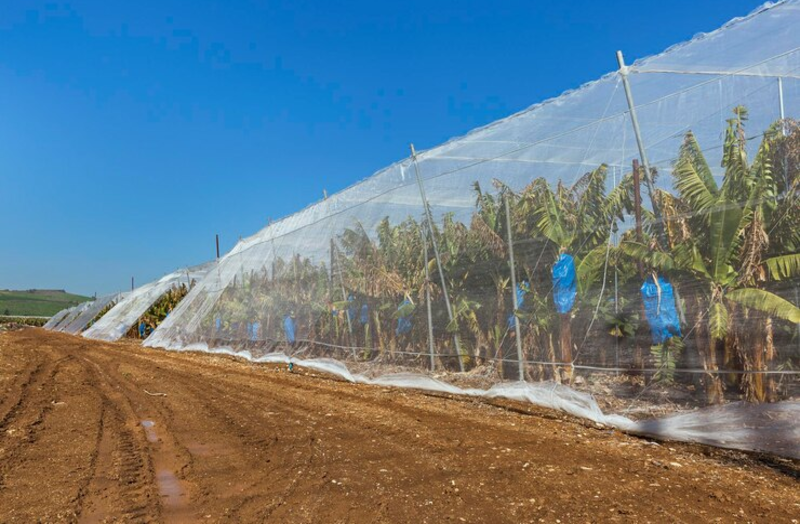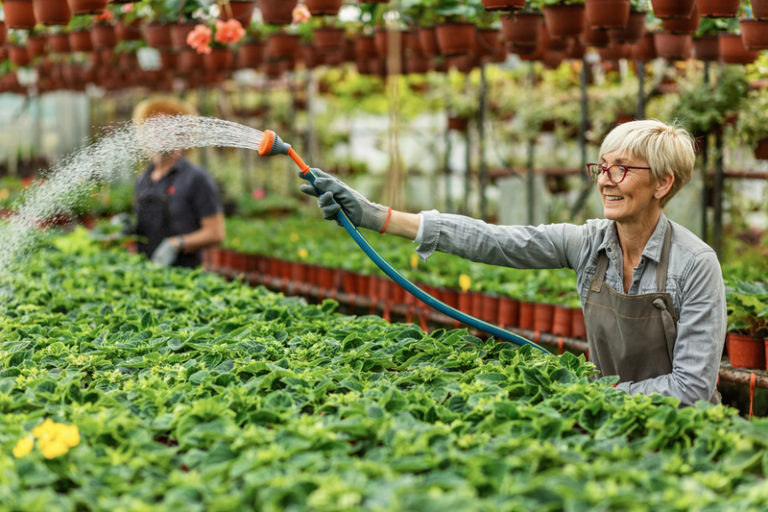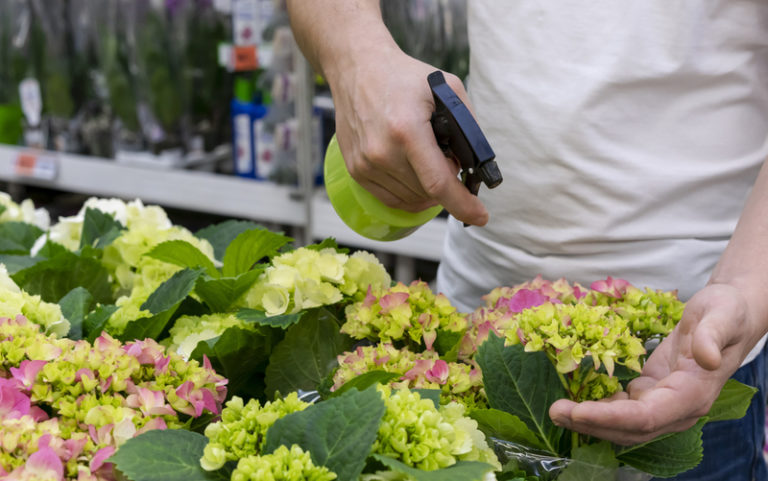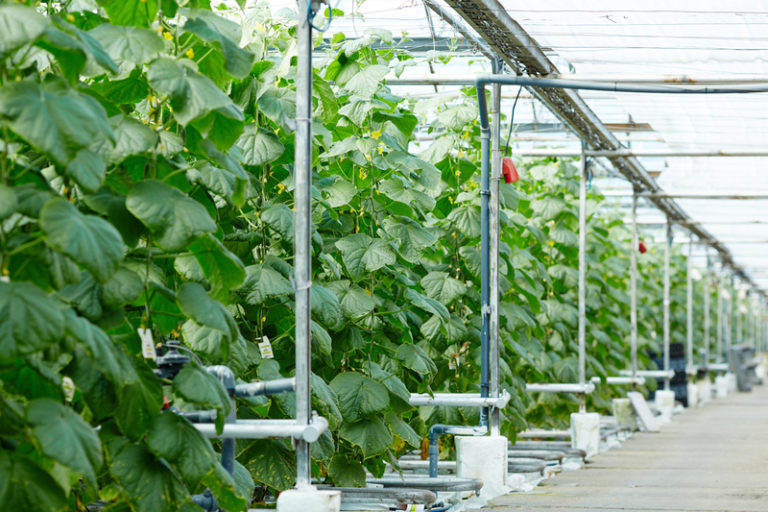Crop Netting: A Revolutionary Approach to Crop Protection
Crop netting is an important tool for modern farmers, allowing them to protect their crops from a variety of threats. Crop netting is a physical barrier that prevents pests, birds, and other animals from damaging crops, while also shielding plants from the effects of harsh weather conditions.
Benefits of Using Crop Netting
Using crop netting has a number of benefits for farmers. One of the biggest advantages is that it can increase crop yield by protecting crops from damage caused by pests and diseases. This is especially important in regions where pests and diseases are prevalent.
Crop netting can also save water because it stops water from evaporating, keeps the soil moist, and reduces the need to water. This can save farmers money on irrigation costs while also conserving water resources.
Crop netting can also protect crops from extreme weather conditions, such as heavy rain, strong winds, and hail. This can help to prevent physical damage to crops as well as protect plants from exposure to excessive sunlight, which can cause sunburn and other forms of damage.
Last but not least, crop netting can help cut down on the amount of chemicals used by making pesticides and other chemical treatments less necessary. This is because the netting’s physical barrier helps to prevent pests and diseases from ever getting to the crops in the first place, thereby reducing the need for chemical interventions.
Types of Crop Netting
There are several different types of crop netting available, each designed for a specific purpose. Some of the most common types of crop netting include:
Shade netting: This type of netting is designed to control the amount of sunlight that reaches crops. It can be used to provide partial shade to crops that require it, such as mushrooms, or to protect crops that are sensitive to excessive sunlight, such as lettuce and other leafy vegetables.
Bird netting: Bird netting is designed to protect crops from birds that can damage fruits, vegetables, and seeds. This type of netting is especially useful for crops like berries, grapes, and cherries, which are particularly vulnerable to bird damage.
Insect netting: Insect netting is used to protect crops from insect pests like aphids, whiteflies, and mites. This type of netting is especially useful for crops like tomatoes, peppers, and cucumbers, which are particularly vulnerable to insect damage.
Choosing the Right Crop Netting
Choosing the right type of crop netting is essential for effective crop protection. Farmers should consider a variety of factors when choosing crop netting, including the type of crop they are growing, the location of their farm, the climate in their area, and the prevalence of pests and diseases.
For example, if a farm is located in an area with high bird activity, bird netting would be the best option. On the other hand, if a farm is located in an area with high insect activity, insect netting would be a better choice.
Installation and Maintenance of Crop Netting
Proper installation and maintenance of crop netting is essential for effective crop protection. Before installing crop netting, farmers should prepare the soil and measure and cut the netting to the appropriate size. The netting should be secured firmly in place to prevent pests from entering the area.
Crop netting needs to be cleaned and checked for damage often, and any damage needs to be fixed right away. If the netting becomes worn or damaged, it should be replaced to ensure continued protection of the crops.
Conclusion
Crop netting is an important tool for modern farmers, providing protection from pests, diseases, and harsh weather conditions. There are several different types of crop netting available, each designed for a specific purpose, and choosing the right type of netting is essential for effective crop protection. Proper installation and maintenance of crop netting is also important to ensure continued protection of crops over time.
FAQ:
Q: What is crop netting?
Ans: Crop netting is a physical barrier that farmers use to protect their crops from pests, birds, and other animals, as well as harsh weather conditions.
Q: What are the benefits of using crop netting?
Ans: Using crop netting can increase crop yield by protecting crops from damage caused by pests and diseases, reduce water consumption by preventing evaporation, protect crops from extreme weather conditions, and reduce chemical usage by reducing the need for pesticides and other chemical treatments.
Q: What are the different types of crop netting available?
Ans: Some of the most common types of crop netting include shade netting, bird netting, and insect netting.
Q: How do farmers choose the right type of crop netting for their farm?
Ans: Farmers should consider a variety of factors when choosing crop netting, including the type of crop they are growing, the location of their farm, the climate in their area, and the prevalence of pests and diseases.
Q: How is crop netting installed and maintained?
Ans: Before installing crop netting, farmers should prepare the soil and measure and cut the netting to the appropriate size. The netting should be secured firmly in place to prevent pests from entering the area. Maintenance involves regular cleaning, inspecting the netting for damage, and repairing any damages promptly. If the netting becomes worn or damaged, it should be replaced to ensure continued protection of the crops.
Also Read:
Agriculture Protection Solutions: Mitigating Risks and Securing the Future of Farming







